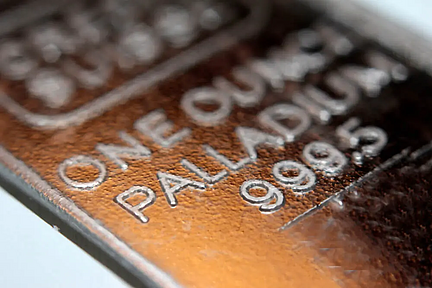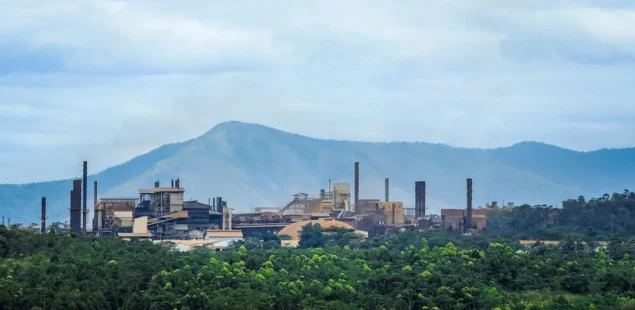
Nornickel, one of the world’s largest palladium producers, is working to broaden global demand for the metal by promoting innovative applications, addressing the anticipated decline in its use within internal combustion engine vehicles. The company, which produces more than 80 tonnes of palladium annually, foresees a long-term plateau in automotive industry demand—currently responsible for over 80% of the metal’s global consumption.
China has emerged as a focal point for these efforts. Nornickel is collaborating with researchers and potential clients to develop and test palladium-based technologies for hydrogen energy, solar energy, biofuels, and water purification. The company expects to complete trials for fuel cell catalysts and proton-exchange membrane (PEM) catalysts by 2025.
Despite the projected drop in China’s traditional palladium consumption—from 66 tonnes in 2023 to 47 tonnes by 2030—new applications could increase demand by 5-10 tonnes annually starting in 2026-2027. Vitaly Busko, Vice President at Nornickel, emphasized that China’s rapid advancements in hydrogen and green chemistry could make it a global leader, potentially accounting for 40-50% of the palladium demand in emerging sectors.
Beyond China, Nornickel is exploring opportunities in the Middle East, Malaysia, and Brazil. By 2030, the company aims to generate an additional 40-50 tonnes of annual palladium demand worldwide. This includes 7-10 tonnes for hydrogen generation and storage, about 5 tonnes for glass fiber production, and 12-15 tonnes for microelectronics, which already consumes around 20 tonnes annually.
As a major player in the palladium market, Nornickel plans to produce 2.624 to 2.728 million troy ounces (82-85 tonnes) of the metal in 2024.



